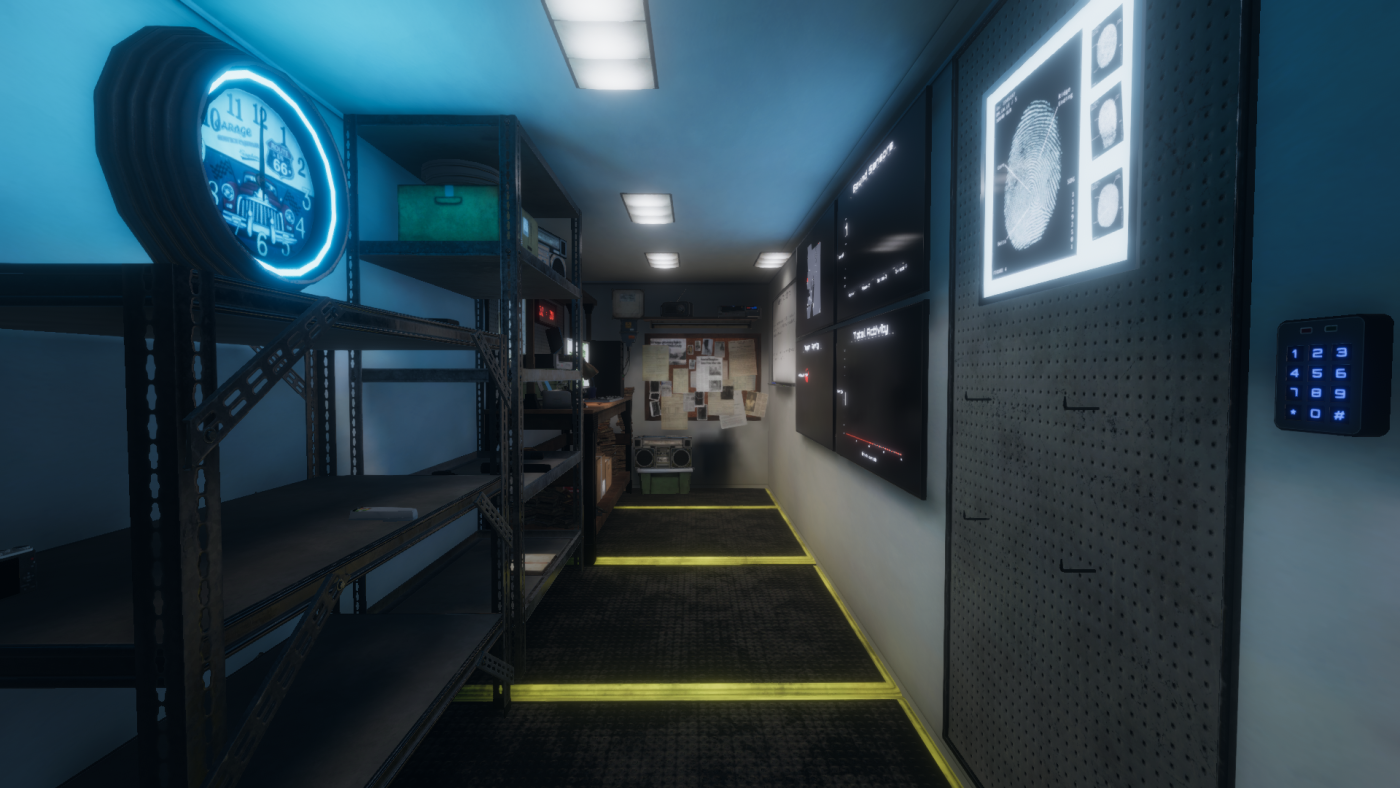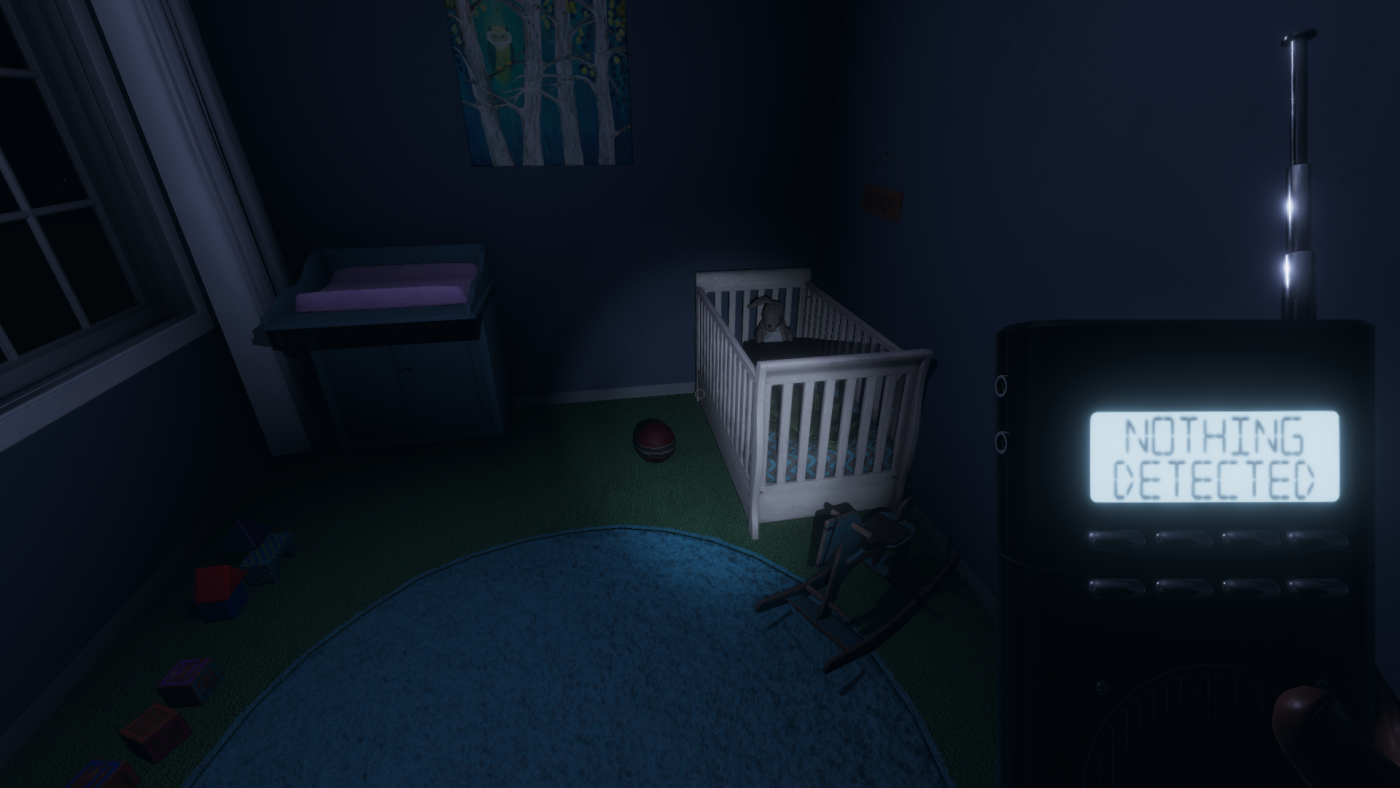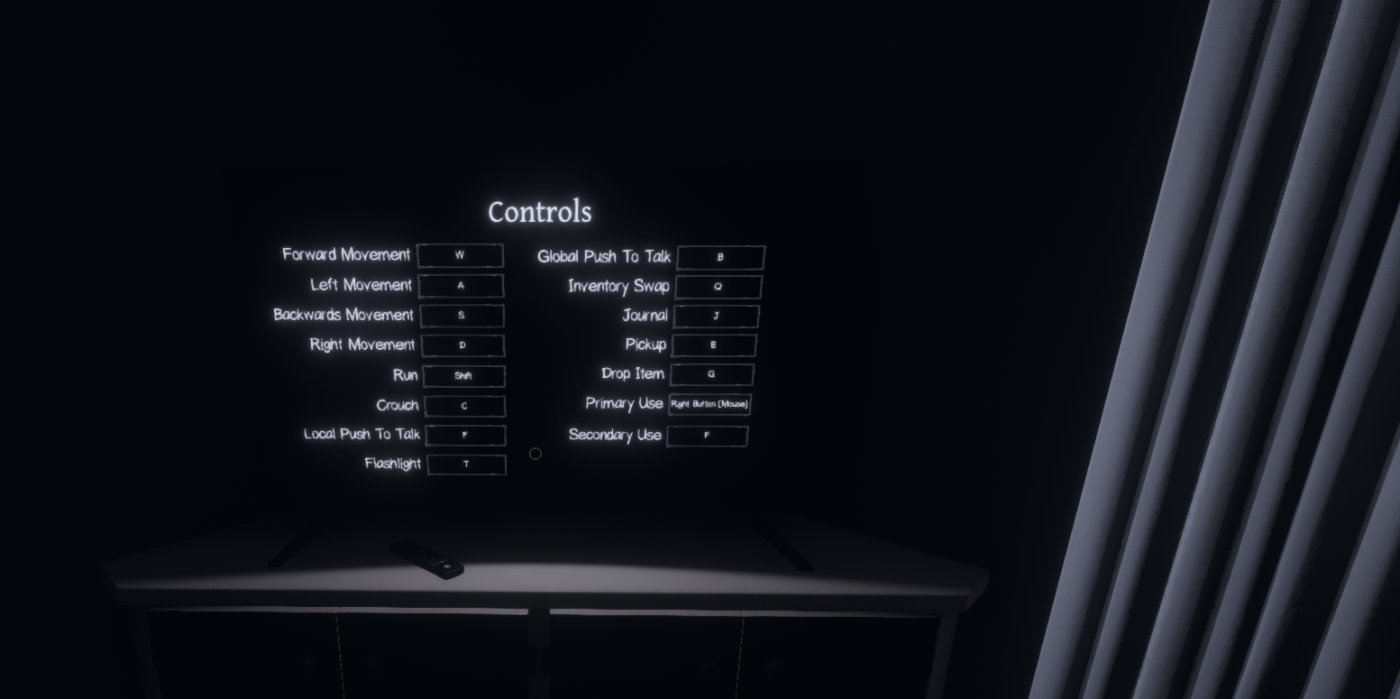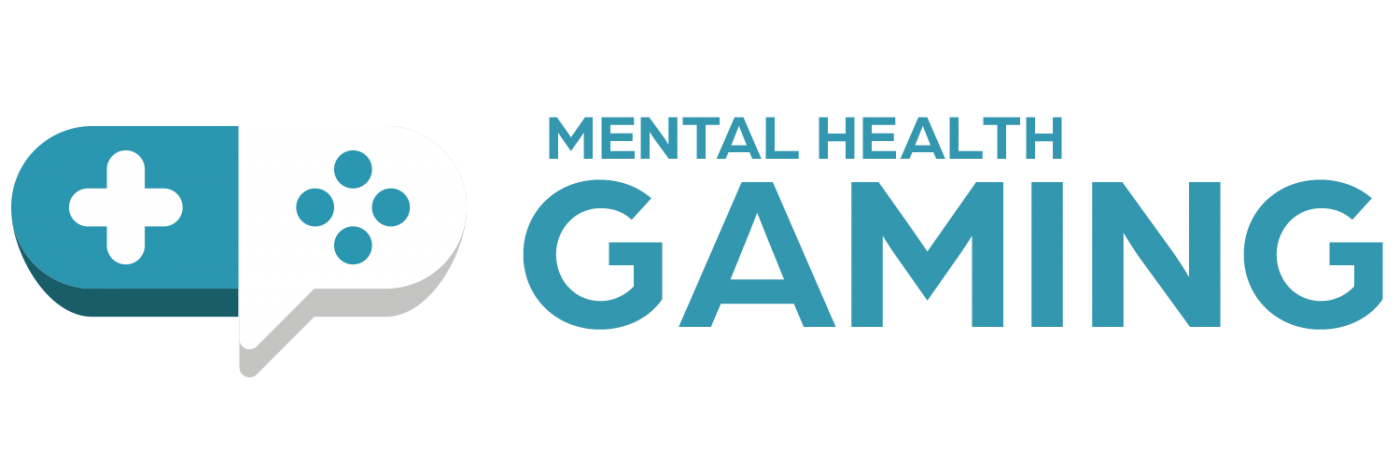Phasmophobia feels like an immersive experience. It’s a co-op horror game that relies less on jump scares and more on the fear that entering a dark and empty house naturally inspires. It takes confidence to rely on sound design and environment to do the heavy lifting of creating emotion. Confidence that I feel is deserved as this game scared the shit out of me on multiple occasions.
The core premise of Phasmophobia is that a group of four players are sent out on a ghost hunt trying to prove exactly which kind of entity is haunting a place. There are a series of tools that have to be bought which include things like a camera, crucifix, thermometer, and EMF reader. Each person can only hold three items (with one slot most likely taken up by a flashlight) so coordination is key. Which item the ghost interacts with determines what type of otherworldly creature is haunting the place. After determining which tools activate a response, the players can leave or complete optional objectives for additional cash, used to buy more supplies.

Progression is based on an experience system. The more XP a player gains, the bigger the maps become. While levels get scarier, they don’t necessarily get harder, allowing new players to still play with their pro-level friends without issue. The added difficulty comes instead from having to figure out exactly which room of many is haunted. Something that takes time to achieve.
Paranormal activity picks up the more time players spend in the location. After 5 minutes, ghosts start hunting the players, indicated by flickering lights and the use of sound. Exits are further away as the buildings are bigger, forcing players to hide from the ghosts when they’re hunting or try to outrun them. The ghosts can also hear you.
Voice recognition is a core part of what makes Phasmophobia an immersive experience. Players can ask the ghost specific questions and get responses through things like a Ouiji board or radio. Calling out the ghost’s name may even cause more activity. The most clever use of the mechanic is through allowing ghosts to use it to track players down if they’re talking while it is hunting stopping players from disclosing where the ghost is. The game quickly turns into a silent solo adventure, forcing players to hide in closets and other small rooms with only the sound of footsteps or a heartbeat to keep them company.

Sound, in general, was obviously heavily considered during development. There’s no background music, just an oppressive white noise and the occasional clock ticking. The sound of a door opening is either a relief or a cause for concern depending on how close your friends are. This is probably the most unique aspect of the game.
Even though the other mechanics are typical of any other first person game, there are a surprising number of key bindings in this game. Once a round has been started, the controls screen is no longer available in settings, hurting the game’s accessibility. Sometimes context changes which key players press to do the same action creating a clunky experience. Right click, for example, activates whatever a player has out in their hand which could be the flashlight. But if the player has something else out, the flashlight is turned on with T.

Joining a random game is also not a great experience. Full rooms aren’t removed from the board which means it takes some digging to even find an open lobby. This is probably exacerbated by the fact that the lobbies are so small. Once in a room, there are plenty of bugs that could boot a player out, including a well known mic glitch that breaks the ability to communicate with teammates, a vital part of the game that can only be fixed by quitting entirely. Server disconnections are common both at the start and end of a round. I had several instances where I lost XP and money because I got disconnected on my way back to the lobby.
Despite all of that, I have had so much fun playing this game. When I was still learning, I found a lobby with 3 guys who were patient and earnest with their help. We played together for several hours after that because this game makes it easy to stay with a specific lobby. I also played with a friend and we utilized the mic bug to add an extra layer of difficulty, forcing us to communicate in Discord instead of voice chat. Phasmophobia is well priced at only $13.99. Since this will likely be a seasonal game for me, I won’t feel bad if I don’t play as much past October at that price point. Check out Phasmophobia if you’re looking to scratch that spooky Halloween itch.

